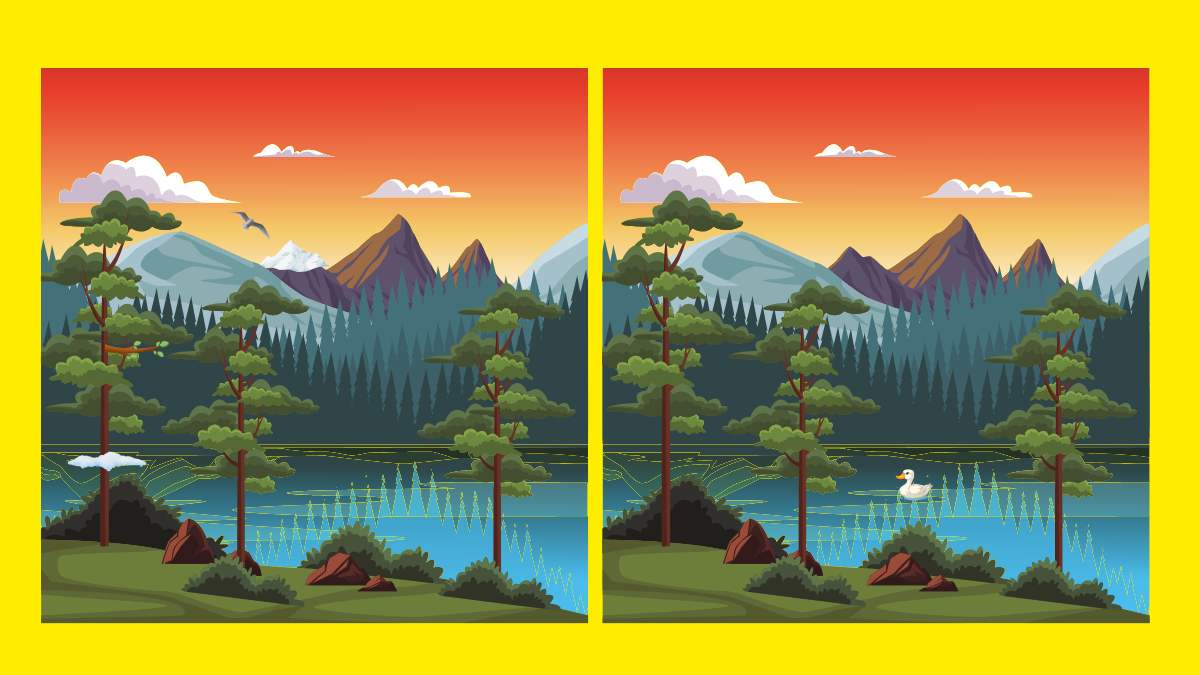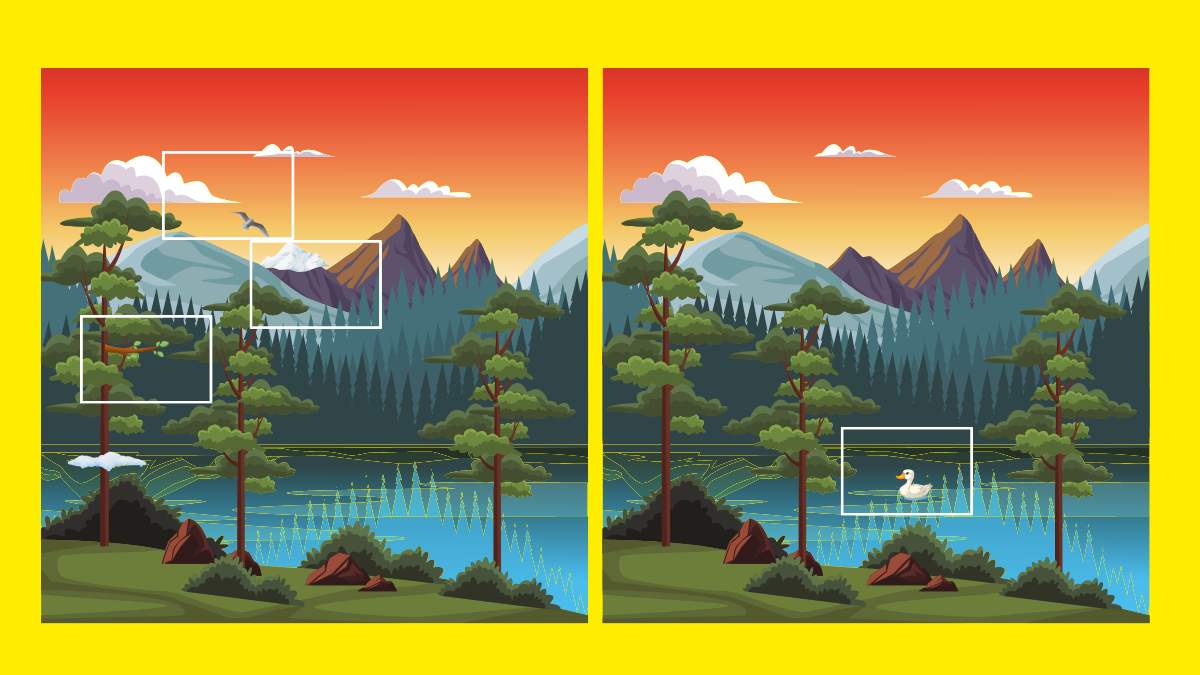Visual puzzles can be a fun and entertaining way to see how keen your observation skills are. At first glance two pictures may look identical, but when you slow down and look closely enough, you start to see some differences that are small but meaningful. These puzzles challenge your attention, patience, and ability to pick up on little details most people miss. They are not only entertaining but also a good exercise for your brain to help improve your concentration and visual memory.
The only trick is the careful and detailed comparison of every aspect of the images - including the background, and anything small tucked into corners. Some differences will stand out right away, while others may take a second or third look. Are you sharp enough to find them all?
Check Out: Math Riddle: Solve this Fun and Tricky Numerical Riddle in 10 Seconds
Crack This Visual Puzzle Before 10 Seconds Run Out

Although the images below may appear very much the same at first glance, when you take a closer look you will find subtle differences which start to become apparent.
This is visual puzzle test your observation skills as you look to find the four differences between the images.
Each difference is deliberately inserted, with some differences being very obvious and some will take extra looking and concentration.
It may include changes in background items as well as small removal or addition in the foreground.
Each clue is designed to get you looking more deeply. Can you find all four and test just how sharp your eyes really are?
The clock is ticking!
Three…
Two…
One…
And… Time is Up!
Could you guess the answer? Let us find out what the answer is.
Answer: Crack This Visual Puzzle Before 10 Seconds Run Out

The goal of this visual puzzle was to find four differences between the two images. Upon scanning for the differences.
The first difference is that there is a duck.
Next, the tree bark in the first image was omitted in the second image, and so forth for a minute, but then further down.
The ice cap on the mountain was in the second image and not in the first.
Lastly, a bird is in the first image but not in the second.
I hope these four pieces of information show how a few small changes can greatly modify an image when comparing two images!
Must Read: Brain Teaser: Solve this Tricky Numerical Riddle in just 12 Seconds
Comments
All Comments (0)
Join the conversation